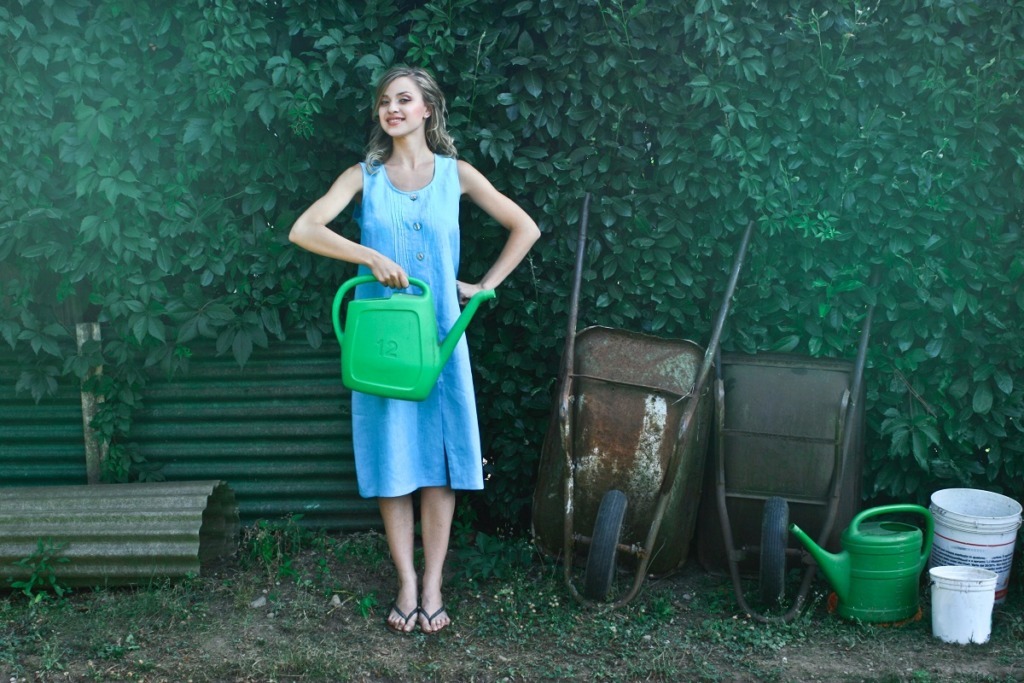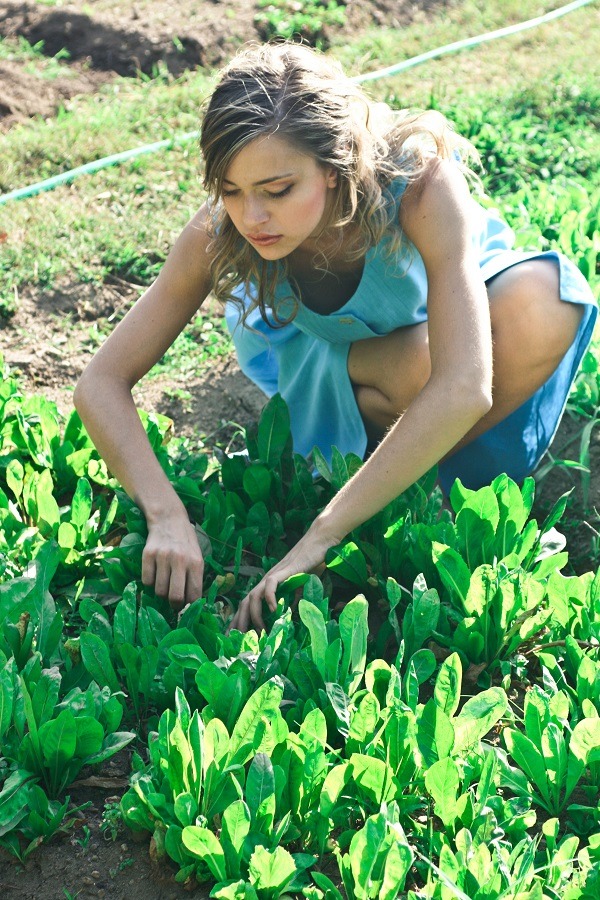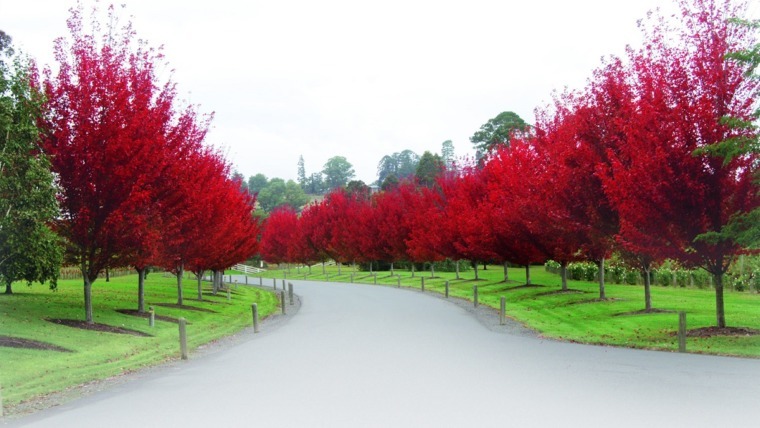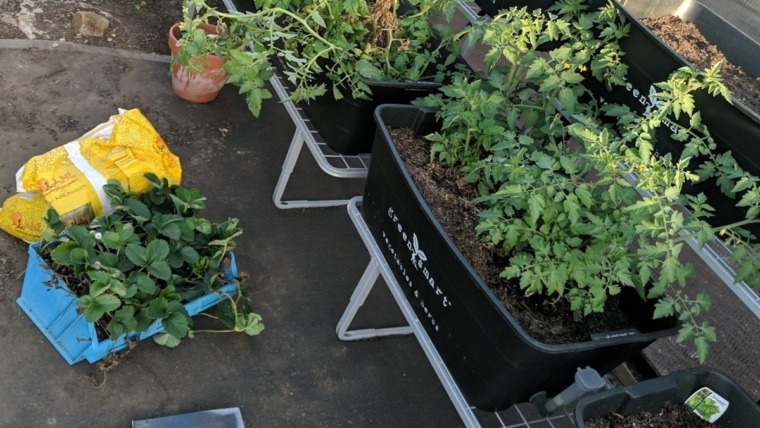
Written by Toni Salter, The Veggie Lady
We all want companionship. Life is just better with someone else around.
Finding the right person to do life with can happen quite by accident for some, but for others, it’s more by design. Finding a soulmate or a workmate makes life fun, easier, productive and simply more enjoyable. But when we find ourselves “stuck” with someone who rubs us up the wrong way, then life can become complicated and difficult.
And so it is within the plant world. Who’d have thought that plants would have “friends”? Perhaps not friends as we know them, but certainly plants live best in the community. When planted with species they get along with, certain plants will thrive and bear fruit. They start living their best lives together.
Similarly, plants have distinct dislikes for some species - plants that will hinder their growth and make their life difficult.
Haven’t we all been there with someone like that in a workplace, family or community setting too!!
Here’s how to keep your veggie plants thriving by finding the best companion plants for them, so they produce more and avoid some of the pests that hinder their growth.
How Companion Planting Works
Companion planting works on 3 main principles: nutrient compatibility to promote growth, attracting benefits into the garden for pest control and repelling unwanted pests away. Let’s dig deeper and see how the different principles work and what companion plants are best for each.
Nutrient Compatibility To Promote Plant Growth
When growing vegetables, it’s good practice to group our plants for crop rotation. This means growing things for their leaves, or for their roots or their fruit.
To promote lots of healthy leaves, we ensure plenty of nitrogen is made available for plants to keep growing leaves. We can give them high-nitrogen fertilisers like chicken manure. When we plant lots of leafy crops together, we can give them all the right fertiliser. Some of our leafy companions are silverbeet, lettuce, cabbage and herbs.
Nitrogen is also made available in the soil naturally by legumes. Legumes are plants that produce pods and they have a pretty nifty way of helping plants around them to grow. Legumes take oxygen in the soil and convert it into a form of nitrogen that is immediately available for plants to take up through their roots with the aid of microbes in the soil. So legumes make good companions with leafy crops. Now you can plant your beans (legumes) with your lettuces or your peas (legumes) with your cabbages.
The Law Of Attraction

We might subscribe to the notion that positive thoughts and actions bring about positive experiences in our lives, so how does this work in the plant world and how does it influence companion planting?
There are certain creatures that protect our plants and bring particular benefits for our veggies and productive crops through natural means of pest control. These are pollinators, predators and parasites.
Pollinators are helpful to increase our harvest rates. If you aren’t getting as many pumpkins from your pumpkin vines as you would like, then maybe you don’t have enough pollinators visiting your pumpkin flowers. Pollinators are insects like bees, butterflies and beetles.
Most of our vegetable plants and fruit trees are pollinated by bees. Bees feed on pollen and nectar that are found in flowers. However, insects have a much better sense of smell than sight, so they can only hone in on the scent of a flower when they are near it. Plants have adapted to attract pollinators through showy colourful flowers or special features on their flowers to try and grab the attention of any passing pollinators to flag them down.
Bees see colour differently from us and are able to see on the ultraviolet spectrum (unlike us). Ultraviolet patterns can act as a landing zone, showing bees where to land on a flower, rather than bright colours. Their photoreceptors make them attuned to green, blue and violet. So if you want to attract more bees to pollinate your pumpkins, you should be including some blue, violet or purple coloured flowers as your companion plants. Try a combination of blue sage, purple salvia and borage with pumpkins and zucchinis.
Natural predators are beneficial in the veggie garden because they will control pests naturally by feeding on soft pests like aphids. Natural predators are birds, lizards, frogs, ladybirds, lacewing and praying mantis. These creatures need food, water and habitat in your garden if you want them to be regular visitors.
Small predators will feed on pollen from small flowers. Large predators will feed on pollen and nectar from large flowers. No single companion plant is going to provide all this for all predators, so plant a variety of flowering companion plants with a range of flower colours, sizes and shapes.
Parasites might sound awful but nature is sometimes quite vicious in the way she feeds the various levels and links within the food chain. Parasitic wasps are of great value in the veggie garden because they select other insects as fodder to feed their own young larvae.
I remember watching a parasitic paper wasp drag a grub from my tomato plant and take it back to its nest. Other wasps will parasitise a grub in situ by laying their eggs onto the actual grub. Cabbage grubs can be controlled in this manner.
Try combining companion plants like flowering alyssum and catnip near your cabbage patch to help you grow great cabbages, broccoli and cauliflower.
Repel The Unwanted Guest
I found myself out of luck whilst backpacking around Europe once when we had failed to book accommodation ahead. We had to suffice with the only beds available at the time, in a hostel filled with bunks of sweaty, weary tourists. The stench of sweaty bodies and rotten socks was enough for me to stay there for the shortest time possible, getting the least amount of sleep to function so I could get out of that place as quickly as I could. It was disgusting!!
That’s how you can treat the unwanted guest that arrives in your garden - stink them out!!
I mentioned above that insects have a much more acute sense of smell than sight, so if you can confuse pests with mixed smells or scents then it seems to work to repel them and keep them away from your vegetable garden.
So companion planting should not only involve planting flowers but also include strong-smelling plants like herbs and plants with scented foliage. Try planting sage and marigold around your tomatoes and place pots of mint in with your cabbages and see the difference it makes.
Companion Planting For Organic Gardening
Good organic gardens employ many natural techniques and strategies for producing pest-free veggies. Companion planting is one such technique and should be used along with other organic gardening strategies for the best results.
You can learn more about companion planting, crop rotation and natural pest control in my Backyard Veggies online course.



